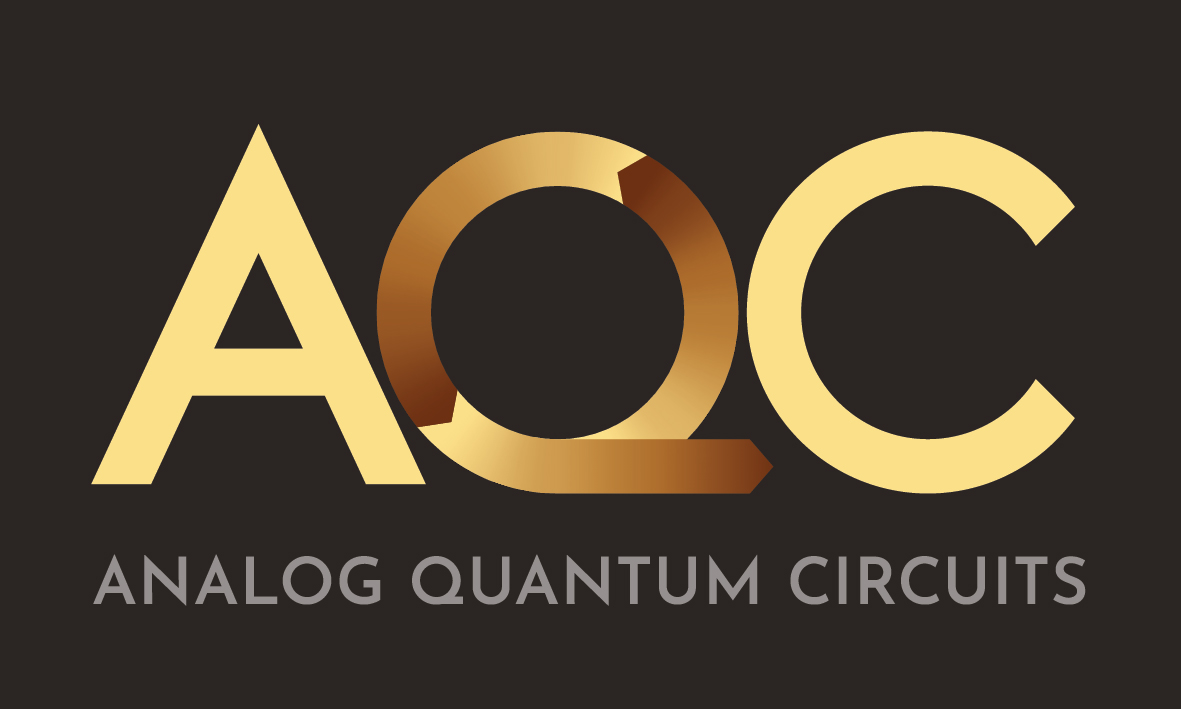Exploring the quantum world to build advanced technologies
The first quantum revolution birthed radical technologies—semiconductor devices and global satellite navigation—indispensable in enabling our modern lives through ubiquitous mobile connectivity.
The Quantum and Advanced Technologies Research Institute (QUATRI) will advance the second quantum revolution by transforming the concept of computing itself. By developing efficient low-energy devices and durable ultra-precise sensors, this wave will once again change how we live.
Griffith is expanding its expertise in this strategic area through QUATRI , working at the nexus of advanced technologies in the physical sciences, while simplifying entry for research and commercial collaborators. We want our partners to be able to explore, develop and rapidly test their projects in the quantum world.
By leveraging our expertise in quantum physics research alongside advanced micro and nano-fabrication techniques, we are poised to develop world-leading semiconductor devices that will enhance lives and push the boundaries of the physical world.
Our capabilities at a glance
QUATRI builds on Griffith’s significant 20-year legacy in the quantum technology field by bringing together all our expertise into one institution. We’ve also consolidated our capabilities— microfabrication, quantum physics, nanotech and microfluidics—to accelerate our progress towards significantly influencing the next quantum revolution.
Australia’s only research centre that can grow high-quality, nanometre-thin silicon carbide films
World-class and commercial grade silicon carbide-on-silicon material fabrication
Southern Hemisphere’s only cold-target recoil ion momentum spectrometer
World leading high-purity, high-efficiency quantum light sources for single and entangled photons
Australia’s fastest and highest intensity lasers at the country’s only attosecond laser facility
Award-winning theorists expanding the limits of quantum physics knowledge to address modern challenges
PsiQuantum set to expand into Queensland
In 2025, PsiQuantum—a major Silicon Valley company on a mission to build the world’s first general use quantum computer—will establish its first expansion in the Asia Pacific at Griffith University’s Brisbane South campus. This partnership is the first of its kind in Queensland and represents a significant investment in QUATRI’s future.
What makes this partnership possible is QUATRI’s unique suite of innovative capabilities for external partners—combining microfabrication, quantum physics, nanotech and microfluidics—while simplifying entry and enabling the deployment of large-scale commercial projects.
Our world-class facilities
Our facilities are state of the art from ultrafast lasers to the only reaction microscope in Australia
Our people
Our collaborators








Queensland Quantum and Advanced Technologies Research Institute News
Tiny surface shapes steer cancer cells, paving the way for better lab tests and...
10 Oct 2025
Researchers reveal shape and surface chemistry of microscopic structures can tune how cancer cells...
‘Universe’s awkward handshake’ – quantum breakthrough simplifies...
12 May 2025
New technique expands possibilities for secure communication, advanced quantum simulation and...
Second quantum revolution begins with launch of QUATRI
27 Mar 2025
Queensland Quantum and Advanced Technologies Research Institute (QUATRI) opens.
Griffith brings home top award for quantum physics paper
30 Sep 2024
Research named among most significant paper in the foundations of quantum physics.
Contact Queensland Quantum and Advanced Technologies Research Institute
Enquiries
- quatri@griffith.edu.au
Find us
- Location and postal address
- Queensland Quantum and Advanced Technologies Research Institute
- QMF building (N74 Room 1.22)
- Griffith University
- West Creek Road
- South Brisbane (Nathan), Qld 4111